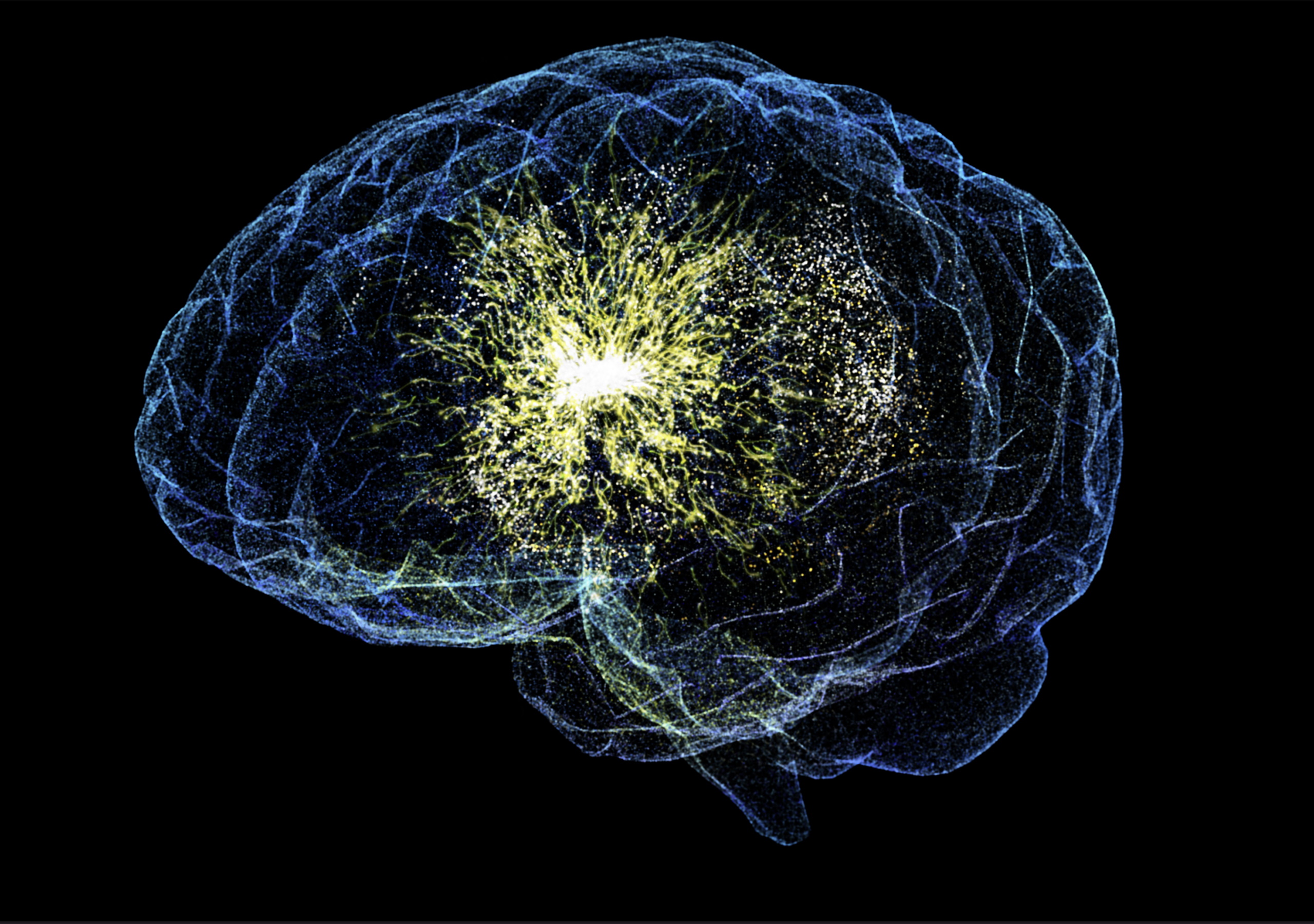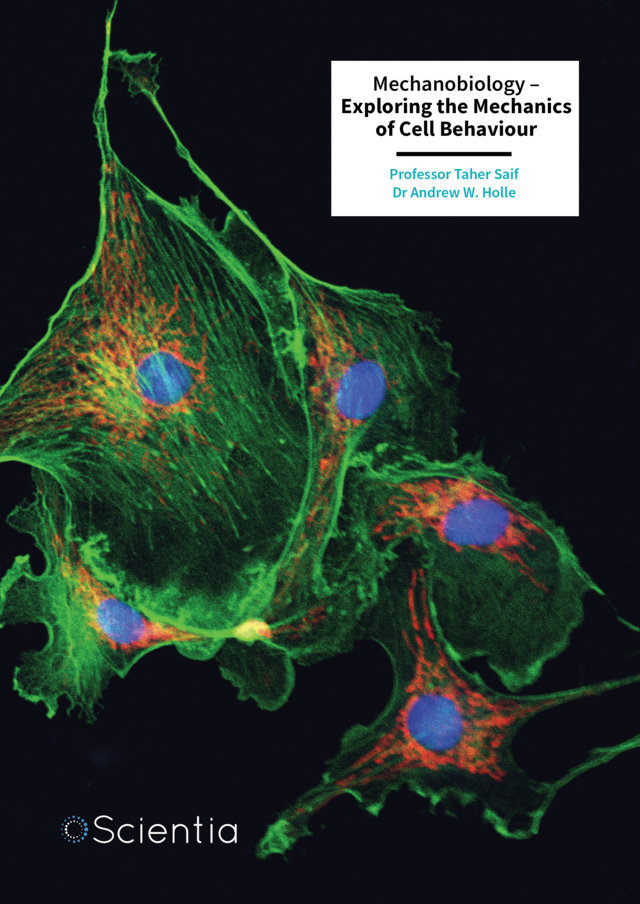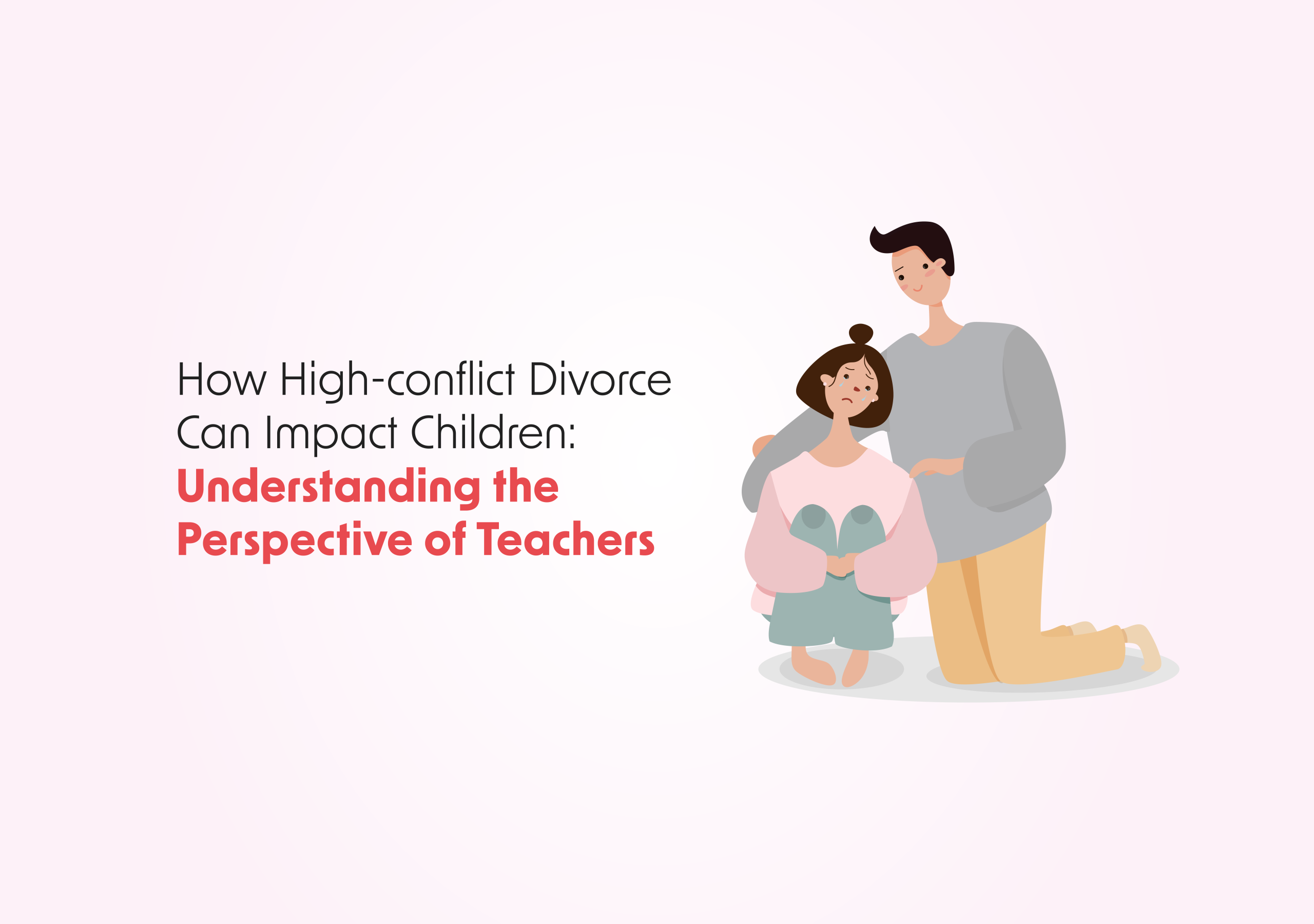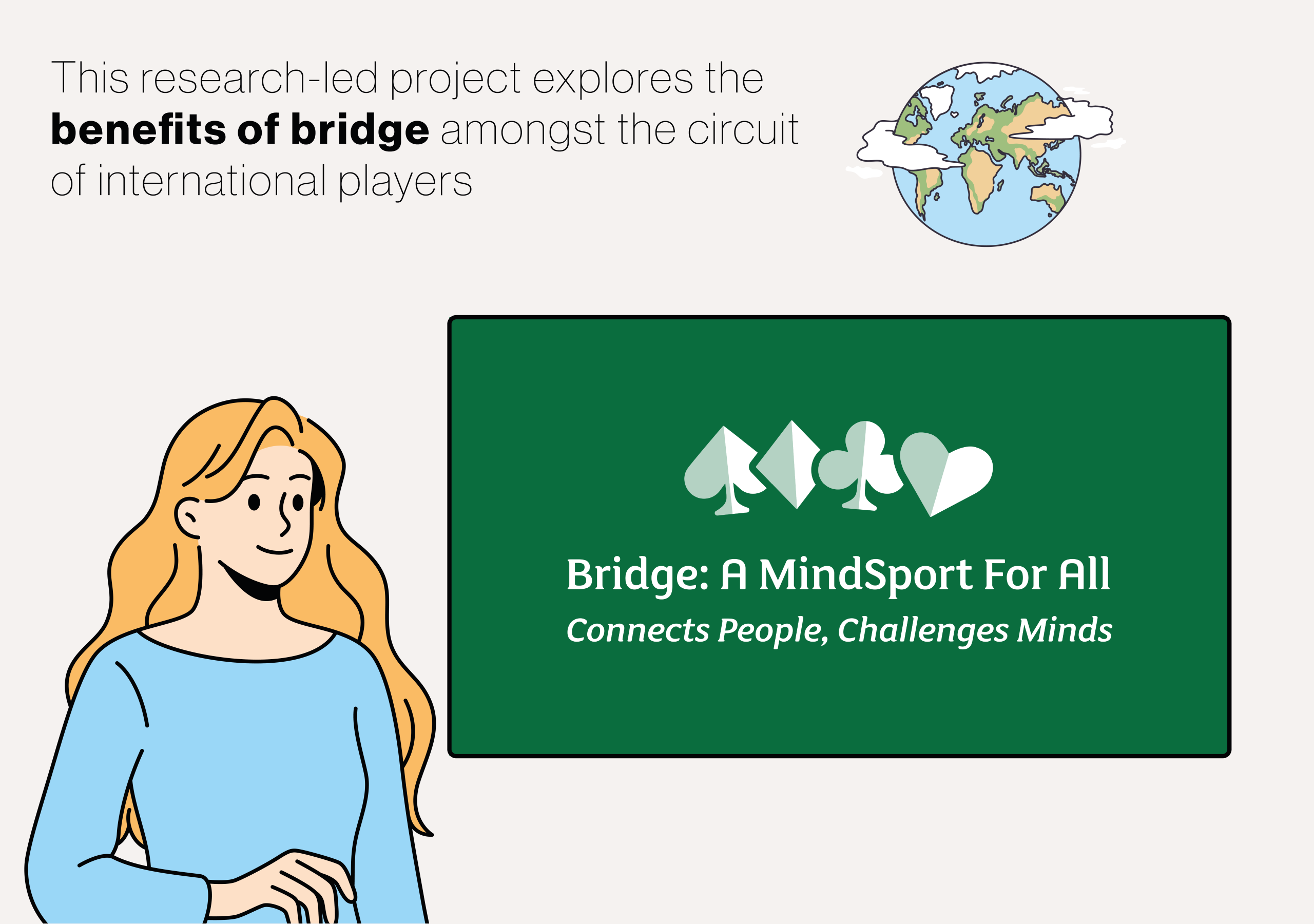Research from Professor Rumi Kato Price at the Washington University School of Medicine and her colleagues, Professors Sheldon Zhang and Annah Bender, reveals how research-driven, standardized indicator approaches can better identify human trafficking victims than traditional legal and prosecutorial frameworks. Their work in Cape Town, South Africa demonstrates that trafficking victimization exists on a spectrum rather than as a binary classification, with implications for improving identification and support for victims worldwide. More
Human trafficking, also known as trafficking in persons (or TIP), represents a serious violation of human rights affecting millions worldwide. Despite global efforts to combat trafficking, researchers and policymakers continue to struggle with fundamental questions: What exactly constitutes trafficking victimization? And how can we effectively identify victims?
Dr Price and her colleagues tackle these thorny questions, examining how traditional legal understandings of TIP can integrate approaches based on standardized indicators and refined algorithms to drive spectra that can better identify human trafficking victims.
In a recent paper, Drs. Rumi Kato Price and Sheldon Zhang provide a comprehensive examination of the historical development of trafficking definitions and measurement approaches. Their review highlights that, despite more than two decades since the passing of two foundational legal frameworks in combating human trafficking (i.e., the UN Palermo Protocol and the U.S. Trafficking Victims Protection Act), the research community still struggles with establishing standardized operational definitions of trafficking victimization.
The authors note several significant attempts to create operational indicators to guide empirical research. The International Labor Organization developed trafficking indicators using the Delphi method, a consensus-building exercise among selected experts. The International Organization for Migration created a Handbook with a Screening Interview Form designed to assist service providers. In the United States, efforts such as the Vera Institute’s Trafficking Victim Identification Tool and the Adult Human Trafficking Screening Tool have been developed to identify potential trafficking victims.
A particularly promising recent development is the Prevalence Reduction Innovation Forum, or PRIF, launched in 2020 with funding from the U.S. Department of State. PRIF produced statistical rules with 12 key common indicators to capture a spectrum of rights violations to constitute trafficking. These definitions prescribe “diagnostic” criteria to qualify someone as a potential trafficking victim, similar to the approach used in psychiatric diagnosis.
Price and her colleague draw an insightful parallel between the evolution of trafficking definitions and the development of psychiatric diagnostic systems, particularly the Diagnostic and Statistical Manual of Mental Disorders (or DSM), which is used by psychiatrists and psychologists to diagnose patients. Just as psychiatric diagnosis evolved from vague, inconsistent criteria to standardized definitions based on empirical evidence, trafficking measurement is undergoing a similar transition.
The authors also discuss the recent addition of diagnostic codes for forced labor and sexual exploitation to the International Classification of Diseases, which healthcare providers in the United States use to document diagnoses and medical conditions in patient records. While this development represents progress in integrating trafficking identification into healthcare settings, and thus more smooth referrals to speciality providers, these codes remain severely underutilized, suggesting that more training and awareness are needed.
Price and Zhang propose several next steps for the field, including applying rigorous methods to screen for and identify the best indicators from existing statistical definitions, constructing a DSM-like manual, expanding this manual to include common typologies used in trafficking research, and developing specific educational and training programs for professionals who may encounter trafficking victims.
Building on this theoretical foundation, Price and her colleagues applied these concepts in empirical research. A study they conducted in 2022 applied the PRIF statistical rules to estimate trafficking prevalence on a high-risk community sample in South Africa.
South Africa has taken significant steps to address human trafficking through legal frameworks. In 2013, the country enacted the Prevention and Combating of Trafficking in Persons Act 7 (or PACOTIP), which aligns with international standards but also includes unique elements. PACOTIP specifically includes abuse of power, abduction, and kidnapping as means of trafficking, in addition to the force, fraud, and coercion emphasized in international definitions. However, identification of TIP victims has lacked clarity.
Price and her colleagues conducted a cross-sectional survey of 652 individuals in Cape Town, South Africa, who met the inclusion criteria for being at risk of trafficking victimization. They used modified versions of two TIP screening tools, mapping questions from these tools onto PRIF indicators to create an algorithm for identifying probable trafficking cases.
Using this methodology, they found that 17% of their sample had experienced trafficking victimization at some point in their lifetime, with 2.9% experiencing it within the past 12 months. These rates were significantly higher than previous estimates, such as the Global Slavery Index’s estimation of 0.28% prevalence in South Africa. These data should be interpreted with caution, as the researchers used high-risk sampling, which resulted in disproportionately vulnerable participants. However, this research highlights the limitations of official statistics that rely primarily on cases identified through the legal system.
The researchers also examined the performance of the screening tools against the PRIF statistical definitions. They found that both screening tools used demonstrated excellent predictive utility, which refers to how well a measurement tool or screening instrument can accurately identify or predict a specific outcome or condition.
The study revealed that certain trafficking indicators were more common than others in this population. Labor trafficking indicators, such as working without receiving expected payment, having payment withheld, and feeling unsafe at work, were more common than indicators of sex trafficking. The study also identified which specific screening questions were most predictive of trafficking victimization, providing valuable information for future screening efforts.
In their most recent paper, published in 2025, Professors Price, Bender and their colleagues further developed this line of inquiry. A crucial step in the fight against TIP is garnering a full understanding of the scope of the problem within a country’s borders and to route victims to appropriate services.
Price and her colleagues used latent class analysis (or LCA) to identify distinctive patterns of trafficking experiences within the same Cape Town sample. LCA is a statistical technique that identifies previously unacknowledged subgroups within a population based on how they answer various questions used to identify TIP. Respondents are thus grouped into categories which indicate which shared characteristics individuals may have that increase their likelihood of experiencing TIP.
This analysis revealed three distinct subgroups: a “high risk” group comprising about 15% of the sample who endorsed most trafficking indicators; a “moderate risk” group comprising about 50% of the sample with mixed levels of indicator endorsement; and a “low risk” group comprising about 35% of the sample with minimal indicator endorsement.
The researchers found strong agreement between their LCA classification and the PRIF classification that they carried out in their earlier study, with most individuals in the “high risk” LCA group also being identified as trafficking victims by the PRIF criteria. However, the LCA approach revealed additional nuance by identifying a substantial “moderate risk” group who experienced concerning levels of exploitation but might not meet the PRIF definition of trafficking.
These analyses suggest that trafficking victimization exists on a spectrum rather than as a simple yes/no classification. The authors argue that this approach more accurately reflects the lived experiences of victims and may help identify individuals who need support and treatment but might be overlooked by binary classification systems.
The study also examined associations between latent class membership and various demographic and psychosocial factors. They found that various mental health and psychosocial factors were significantly associated with trafficking risk. They determined that individuals experiencing anxiety, post-traumatic stress, substance abuse, numerous adverse childhood experiences, and intimate partner violence had significantly higher odds of being in the high-risk trafficking class.
Interestingly, they found that females had lower odds of encountering trafficking situations than males, which may challenge gender-based assumptions about trafficking risk. This finding aligns with emerging global evidence suggesting that males may be more often exploited for labor than females, though females may face added risks of sexual violence even in labor trafficking situations.
Collectively, these three studies highlight the limitations of relying solely on prosecutorial frameworks for understanding trafficking. While legal definitions serve important purposes for law enforcement and prosecution, they may not adequately capture the spectrum of exploitation experiences that require intervention and support.
Price and colleagues propose a public health approach along a spectrum of severity and accounts for various risk and protective factors to better assess and serve the needs of victims. This approach aligns with broader efforts to understand complicated social problems through multiple layers of influence rather than narrow legal definitions. By demonstrating the utility of statistical definitions and spectrum approaches, it provides a framework for more accurate prevalence estimation and victim identification.
The researchers suggest several directions for future work, including developing and validating a standardized “diagnostic” manual for trafficking victimization and integrating trafficking identification into healthcare and social service systems. They also highlight the utility of longitudinal research, in which data would be collected from the same participants multiple times over an extended period to better understand risk trajectories.
Overall, Professor Price and her colleagues’ research demonstrates that, while the anti-trafficking field has made significant progress in the two decades since the Palermo Protocol, much work remains to establish consistent, empirical approaches to defining and measuring trafficking. The PRIF framework and further ongoing efforts represent promising steps toward this goal, but further refinement, empirical validation and wider adoption are needed before valid comparisons of human trafficking prevalence rates become possible across studies.







